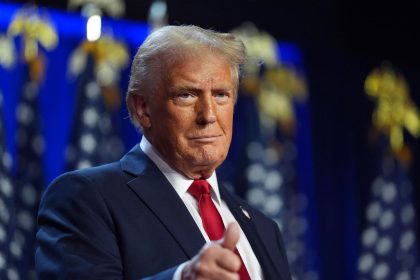It’s hard to believe, but the world is beginning to lurch toward a gold-based monetary system. This, despite the fact that the historical gold standard is held in almost universal contempt by economists and financial officials.
Contrary to numerous myths based on ignorance, the system worked. The U.S. was on a gold-based system for 180 years until the early 1970s. We never had inflation when the dollar’s value was tied to the yellow metal, and the U.S. experienced the greatest long-term economic growth in human history.
Since the greenback’s link to gold was severed, our average historic growth rates have fallen by about a third. Median household income today would be at least $40,000 higher if our traditional pattern of growth for those 180 years had been maintained. Nonetheless, the contumely and scorn for a goldbased monetary system is universal.
Events, though, have a peculiar way of forcing things once unthinkable into the forefront of consideration, and then into reality.
The signs of change are here.
One is that central banks in recent years have been purchasing gold at record levels. Buyers include China, India, Russia and a number of other nations such as Poland. These countries are reacting to growing doubts about the long-term value of the dollar, which in turn is a symptom of the perceived decline of the United States.
Another sign is the popularity of cryptocurrencies, originally a high-tech cry for help in the face of increasingly unreliable fiat currencies. The problem here has been that most creators of cryptos, notably Bitcoin, don’t under stand that a currency must be stable in value if it’s going to be used to conduct commercial transactions, especially long-term contracts. There are a handful of cryptos tethered to gold, but they haven’t yet achieved the credibility or built the mechanisms to be widely used. Nonetheless, as governments flounder in their monetary policies, that will change.
The binge of debt creation, both public and private, will inevitably kindle crises that cannot be easily extinguished. Total debt in the world today is more than $300 trillion, an astonishing three times global GDP.
And, of course, we have the activities of the so-called BRICS: originally Brazil, Russia, India and China—and a year later South Africa—which now includes several other countries. Oil giant Saudi Arabia is also considering joining. Their monetary machinations, so far, have amounted to little, but that’s starting to shift.
India last year began experimenting with gold-based government bonds. Monetary expert Nathan Lewis, who coauthored our book Inflation: What It Is, Why It’s Bad, and How to Fix It, observes, “These would probably be very popular with investors worldwide. From the start of the floating [currency] era in 1971 to the present, a gold bond paying 4% would have outperformed all stock and bond markets worldwide.”
Zimbabwe, which must hold the record for hyperinflation, recently announced the launch of a new currency fixed to gold. Deep skepticism is warranted that this government has the discipline to make such an arrangement work. But the move is a sign of things to come.
Read the full article here





